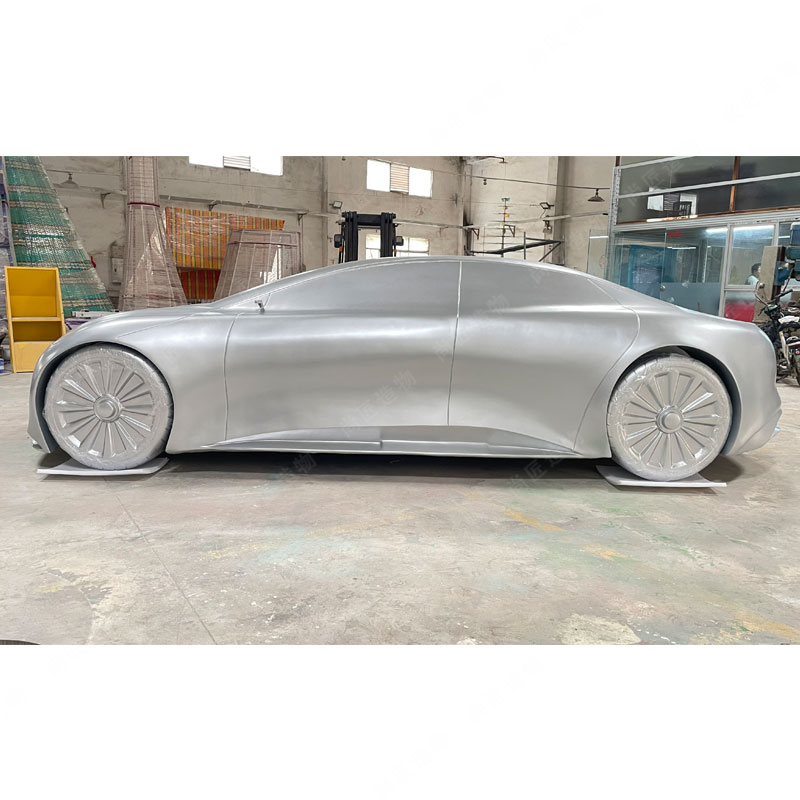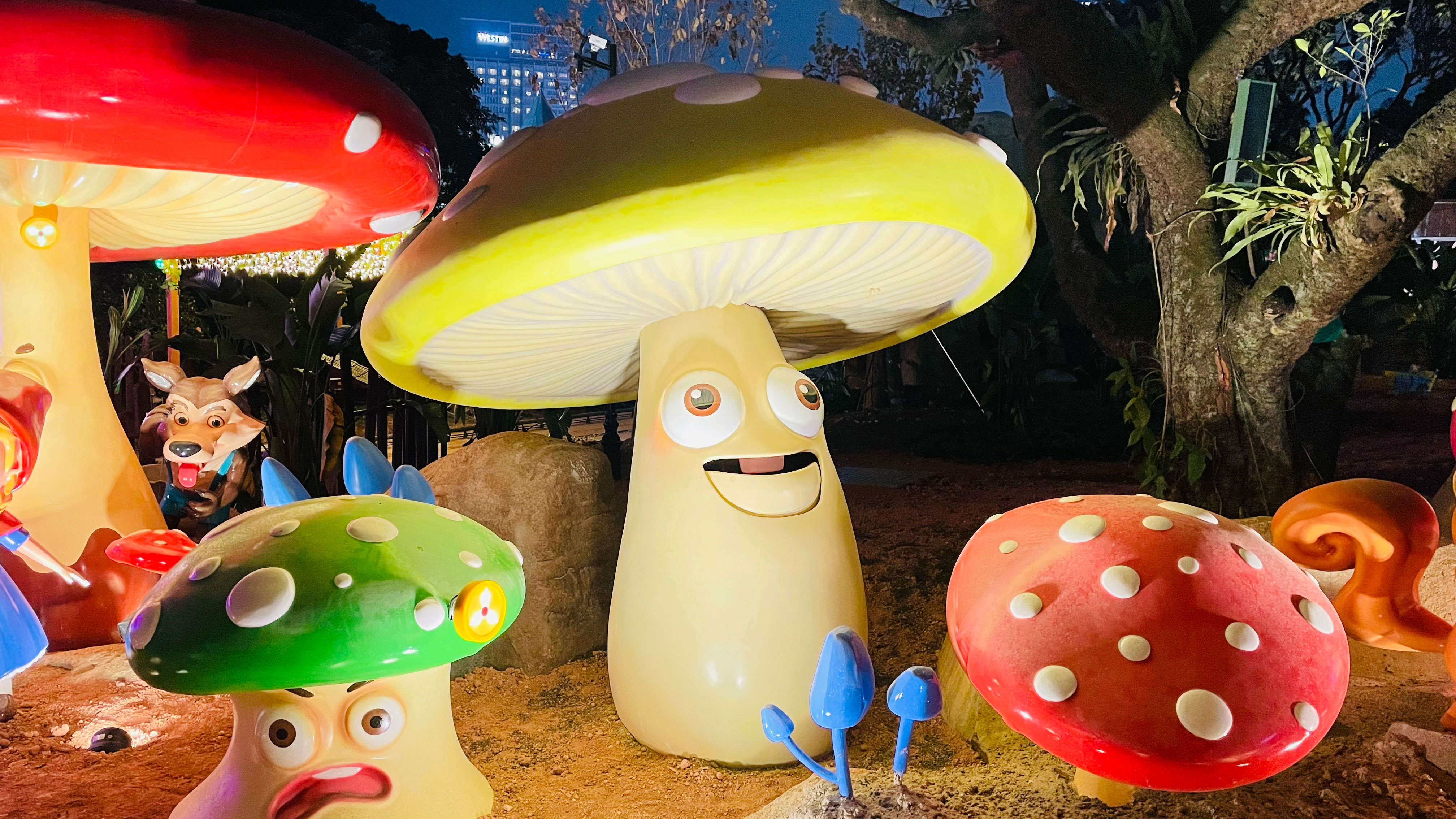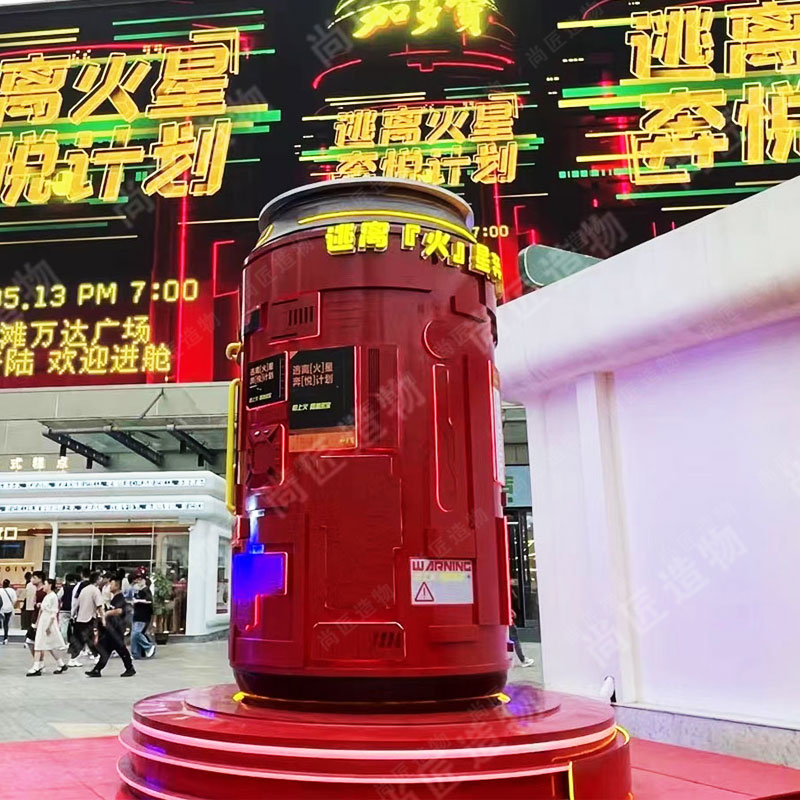Navigating the landscape of IP character sculpture creation and sales involves a blend of legal knowledge and creative expression. Artists should recognize that fair use is not a free pass; instead, it requires a nuanced understanding to ensure their work qualifies as transformative. By introducing unique interpretations, such as altering designs or infusing new ideas, artists can protect themselves from copyright infringement while still celebrating familiar characters. Marketplace strategies play a vital role, emphasizing the value of originality and connecting with customers through storytelling. Licensing agreements are essential for those wishing to work within legal parameters, allowing for a clearer understanding of how IP can be used. Overall, awareness of both the creative and legal aspects equips artists to thrive in this intricate market.
Fair Use and Its Applications in IP Character Sculptures
Fair use is a crucial concept for artists creating IP character sculptures. It allows them to use copyrighted elements under certain conditions without needing permission. For instance, if an artist incorporates a well-known character in a way that comments on the original, it may be considered fair use. This can include alterations that significantly change the character's original form or meaning, thus qualifying as a transformative work. However, artists must tread carefully; the fair use doctrine is not a blanket permission. As an example, “[c]reative reinterpretation may make a work unique, yet it should still respect the core essence of the IP.” Artists should also be aware of marketplace norms and be ready to assess their work against these legal standards to minimize risks of infringement while engaging with popular culture.
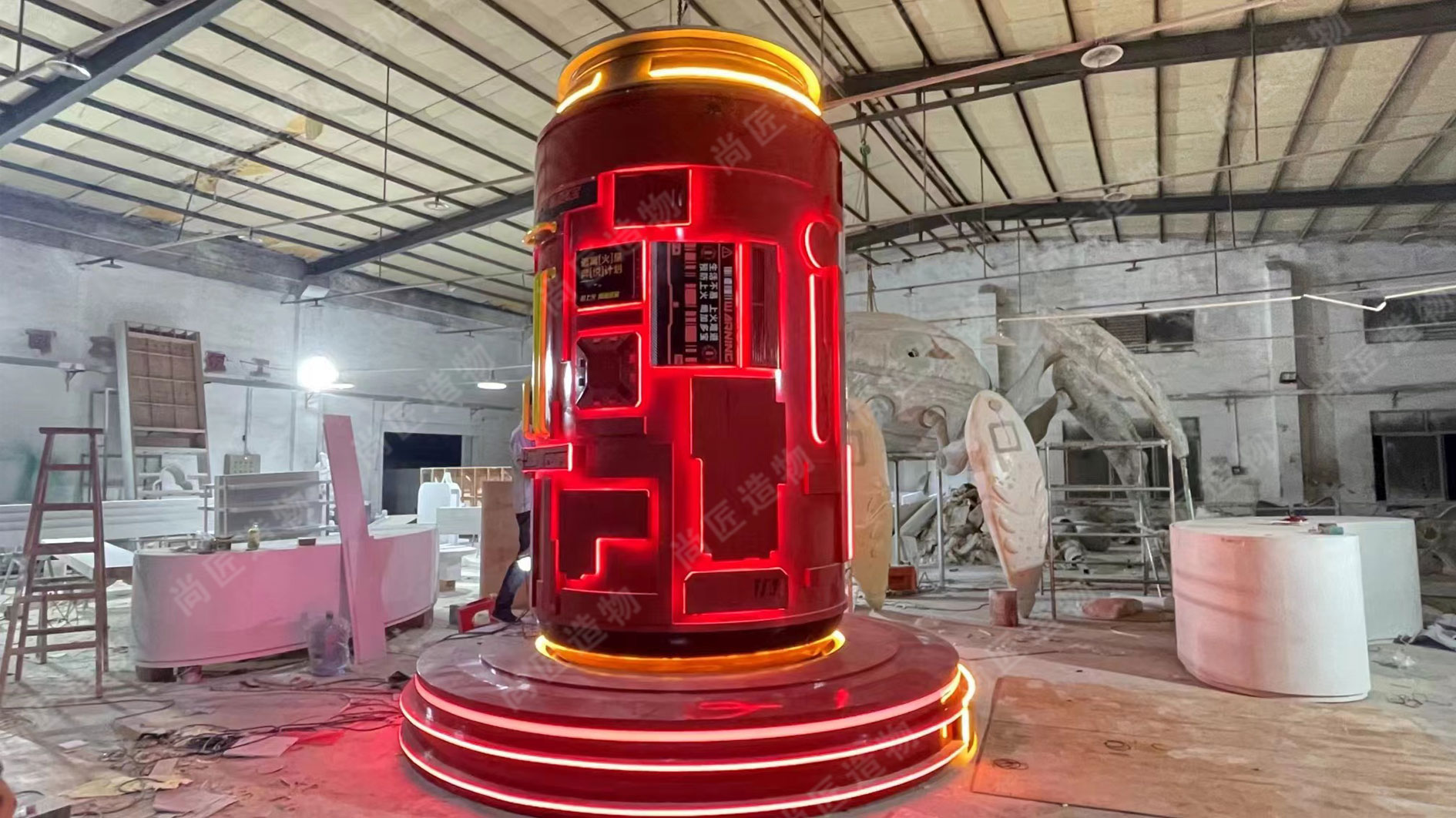
Transformative Works: Defining Originality in Artistic Creations
Creating IP character sculptures can fall under the category of transformative works if they significantly alter the original art. This means that the artist must infuse new ideas, styles, or messages into their creations. For instance, a sculpture that completely reinterprets a well-known superhero by changing its pose, materials, or context can be considered transformative. Such originality may allow artists to navigate copyright laws more effectively while still paying homage to the original characters. Artists must carefully assess how their work distinguishes itself from established designs. This process not only involves creativity but also an understanding of what differentiates their sculptures from merely replicating existing characters. By embracing a unique perspective, artists can minimize legal risks and foster an environment where originality thrives while engaging with popular culture.
| Criterion | Description |
|---|---|
| Originality Assessment | Evaluating how distinct your work is from existing IPs |
| Artistic Interpretation | Incorporating unique styles and techniques to reframe well-known characters |
| Legal Consideration | Understanding copyright implications through transformative designs |
| Market Reception | Gauging audience reactions to innovative interpretations of popular characters |
For those interested in non-traditional materials, consider exploring Fiberglass sculptureas an option for innovative artistic expression.
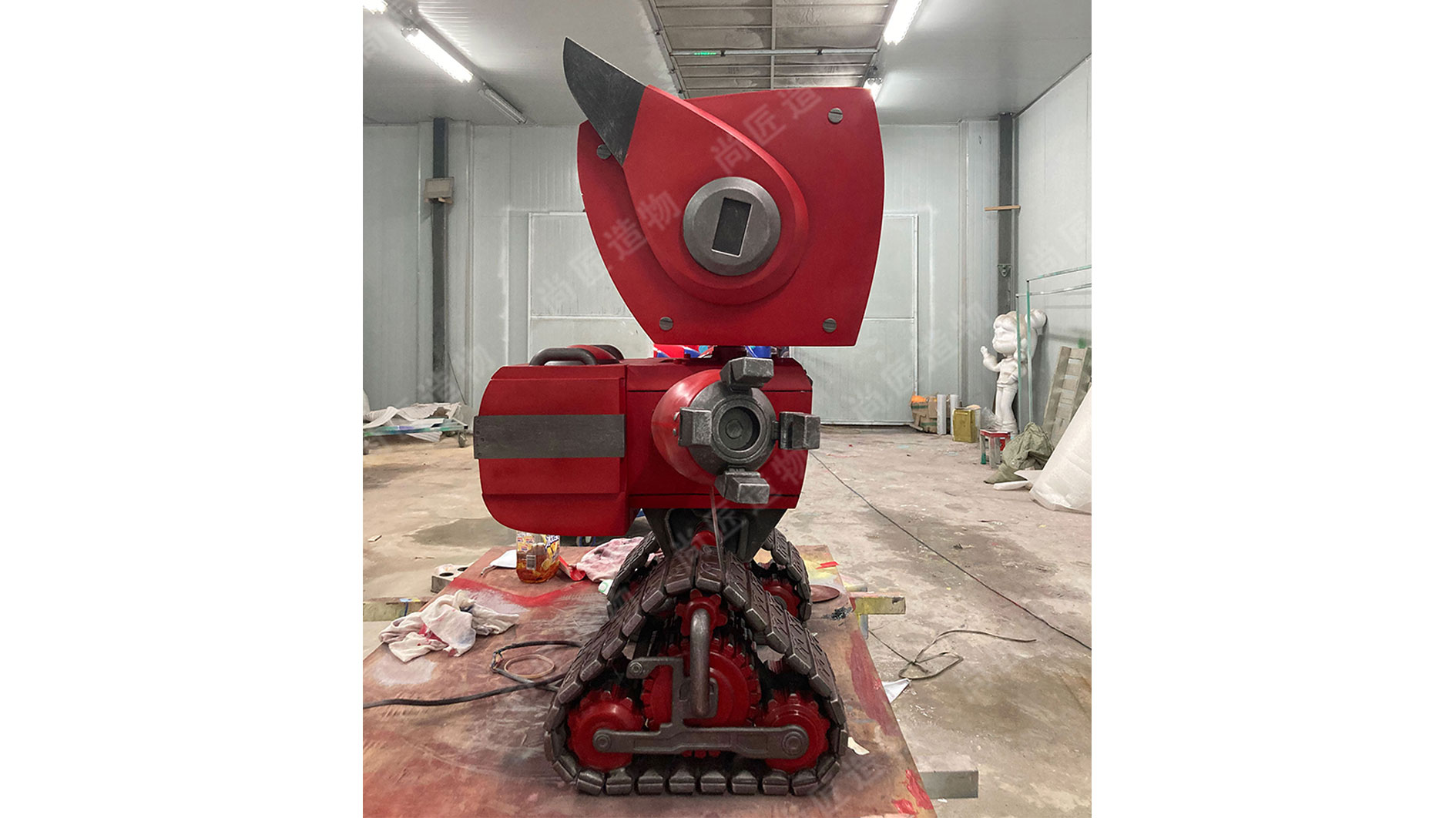
Marketplace Strategies for Selling IP-Inspired Sculptures
Selling sculptures inspired by intellectual property (IP) characters involves navigating a complex landscape. Artists must focus on creating unique pieces that stand out while still being inspired by familiar themes. Utilizing platforms like Etsy or local art fairs, where the customer base appreciates original art, can be beneficial. It's essential for vendors to maintain a distinct style that transforms the inspiration into something new and original.
Leveraging social media and online communities can help build a loyal customer base. Engaging potential buyers through storytelling about the creative process can make the sculptures more appealing. Networking with other artists and participating in collaborative projects may enhance visibility while sharing knowledge about best practices in the industry.
Additionally, being transparent about inspirations helps in building trust with customers. Learning about copyright laws and adapting to licensing agreements ensures that sellers can operate within legal boundaries safely. These marketplace strategies not only support compliance but also foster creativity in selling IP character sculptureproducts effectively.
Understanding Licensing Agreements for Copyright Compliance
Licensing agreements play a crucial role in ensuring copyright compliance for those creating and selling IP character sculptures. When artists wish to use existing intellectual properties, entering into these agreements provides a legal framework that permits the reproduction of specific elements. Often, these contracts outline how the IP can be used and can stipulate terms such as royalties or other financial obligations. This not only protects the artist from potential legal action but also offers rights holders some control over how their characters are represented in new works. Additionally, artists may be able to negotiate informal agreements with IP owners, allowing them to create unique sculptures while respecting original designs. Understanding these agreements is essential for navigating copyright challenges and fostering positive relationships within the creative community. For more insight into artistic expression through forms like Kinetic sculpture, artists can explore diverse avenues beyond licensed characters.
Navigating Copyright Challenges in Character Sculpture Sales
Selling IP character sculptures presents unique copyright challenges. Artists must first understand the fair use doctrine, which allows limited use of copyrighted material for specific purposes. However, simply relying on fair use can be risky. To create a stronger case for originality, artists should aim to produce transformative works that significantly alter the original character. This not only enhances artistic expression but also helps navigate potential legal pitfalls. Additionally, maintaining awareness of marketplace practices is crucial; vendors must tread carefully to avoid drawing unwanted legal attention. Engaging in licensing agreements can provide legal protection and clarity regarding specific rights involved in the works. For more insights on crafting unique sculptures inspired by beloved characters, explore this Cartoon sculpture.
The Role of the Artist in IP Character Sculpture Creation
Artists play a crucial role in the creation of IP character sculptures, navigating both creative expression and legal boundaries. Their interpretations often blend originality with familiar elements, reflecting their unique style while drawing inspiration from established characters. This process involves understanding the nuances of copyright laws and the importance of transformative work. By adding new context or meaning to existing characters, artists can elevate their sculptures beyond mere replicas. Moreover, effective communication with potential customers about the nature of their work helps manage expectations and reinforces adherence to legal standards. Ultimately, artists contribute to a vibrant marketplace where creativity intersects with intellectual property rights, fostering a rich environment for both inspiration and commerce.
Potential Legal Pitfalls in Derivative Work Production
Creating sculptures based on IP characters presents various legal challenges for artists. One major pitfall is misunderstanding fair use principles. Artists often believe that simply transforming an image or concept is enough to steer clear of infringement. However, the degree of transformation needed can be subjective and often requires careful legal interpretation. Moreover, operating under the assumption that a work falls into the fair use category without consulting legal standards can lead to disputes. Another risk arises from the ambiguity in marketplace practices. While many creators thrive in a gray area of copyright, failing to conduct thorough research on existing sculptures and their licensing status can result in unintended violations. Furthermore, relying on informal agreements without written confirmation may expose artists to legal actions from IP owners who unexpectedly assert their rights. Navigating these potential pitfalls requires vigilance and a clear understanding of the legal landscape surrounding IP character sculptures. For those seeking to enhance their offerings, exploring options like Stainless steel sculpturemay provide a unique avenue while minimizing risk.

Best Practices for Vendors in the IP Sculpture Market
To thrive in the IP sculpture market, vendors should adopt several best practices. First, it's crucial to understand the legal landscape surrounding fair use and transformative work. Vendors can benefit from creating sculptures that offer a unique spin on existing characters rather than directly copying elements from them. This not only enhances creativity but also minimizes infringement risk. Additionally, establishing transparent communication with customers about the originality of the sculptures can build trust and credibility. Maintaining accurate records of any licensing agreements or permissions is vital, as these documents can serve as proof of compliance if legal questions arise. Finally, actively engaging with the community through social media and forums can provide insights into market trends and consumer preferences, helping vendors tailor their products effectively while remaining within legal boundaries.
Conclusion
Navigating the legal landscape of IP character sculpture creation and sales requires a nuanced understanding of copyright principles, particularly fair use and transformative works. Artists must balance their creative expressions with legal obligations to ensure their sculptures not only pay homage but also respect the intellectual property rights of established characters. Awareness of marketplace practices and licensing agreements is essential in safeguarding against potential infringements while fostering relationships with IP owners. By employing best practices in creating original works, artists can thrive in a vibrant marketplace that values creativity while adhering to legal standards. Such a balance enhances artistic innovation and supports ethical business practices within the industry.
FAQs
What is fair use in the context of IP character sculptures?
Fair use allows artists to use copyrighted elements under specific conditions without permission, primarily when the usage transforms the original work.
How can artists ensure their work qualifies as transformative?
Artists can qualify their work as transformative by significantly altering the original character, such as changing its pose or incorporating new elements and styles.
What are some common marketplace strategies for selling IP-inspired sculptures?
Common strategies include creating unique pieces, using social media for visibility, and maintaining transparency about inspirations to build trust with customers.
Why are licensing agreements important for IP sculpture creators?
Licensing agreements legally protect artists by outlining how they can use copyrighted material, preventing potential legal disputes and ensuring compliance.
What potential legal pitfalls should artists be aware of when creating derivative works?
Artists should be cautious of misunderstanding fair use, assuming informal agreements are binding, and failing to research existing works' licensing statuses.
 ch
ch English
English

